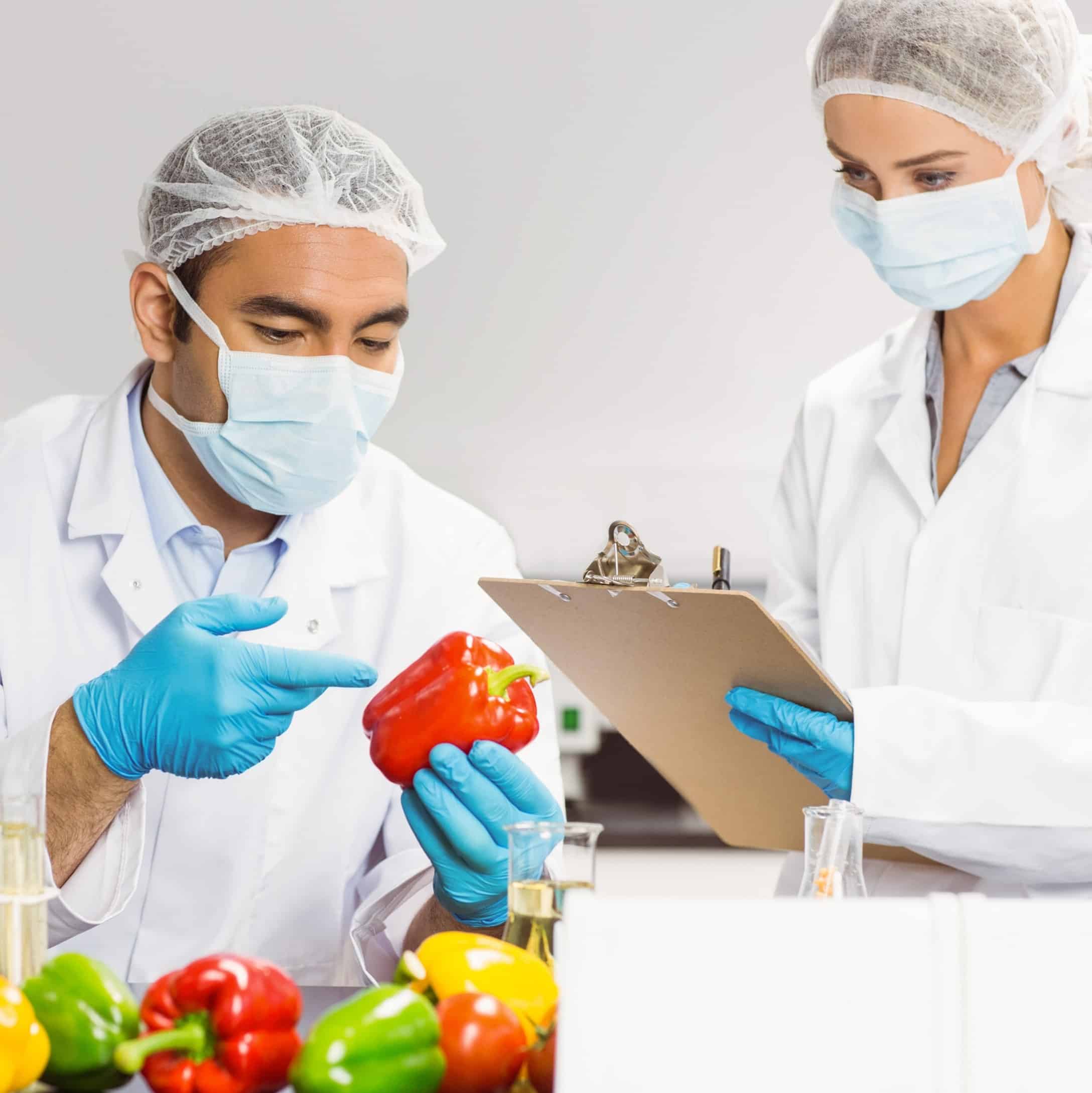When it comes to basic meal prep, there are many benefits to understanding the basics of food preparation. Let’s talk about them here.
You will save quite a bit of time if you can get meal preparation sorted. Obviously, taking the time to prepare these dishes is very important.
Meal preparation can save quite a bit of money if done properly. It’s a good way to produce quite a few meals for a reduced cost, which is always good news for a business.
Meal prep also allows you to better regulate portion sizes. When working in a busy environment, portion sizes can often become difficult to manage, and irregular portion sizes are common.
Meal preparation helps to lower skill and stress levels. There is a lot less stress involved in having access to meals that have already been prepared that you can use during busy periods.
Meal preparation is a helpful skill that you can use in your personal life as well as whilst on the job. Being able to prepare large quantities of food in advance is a practical skill for people who have a busy life.
You can use meal preparation as a useful tool for creating a better relationship with food. Obviously, building a better relationship with food is very important, which is why it’s necessary to explore how to use meal preparation to do that.
Finally, meal preparation can be used as a method of inspiring other people. When you can create large meals that can be distributed in advance, you inspire people to look for other efficient practices and to learn meal preparation for themselves.





